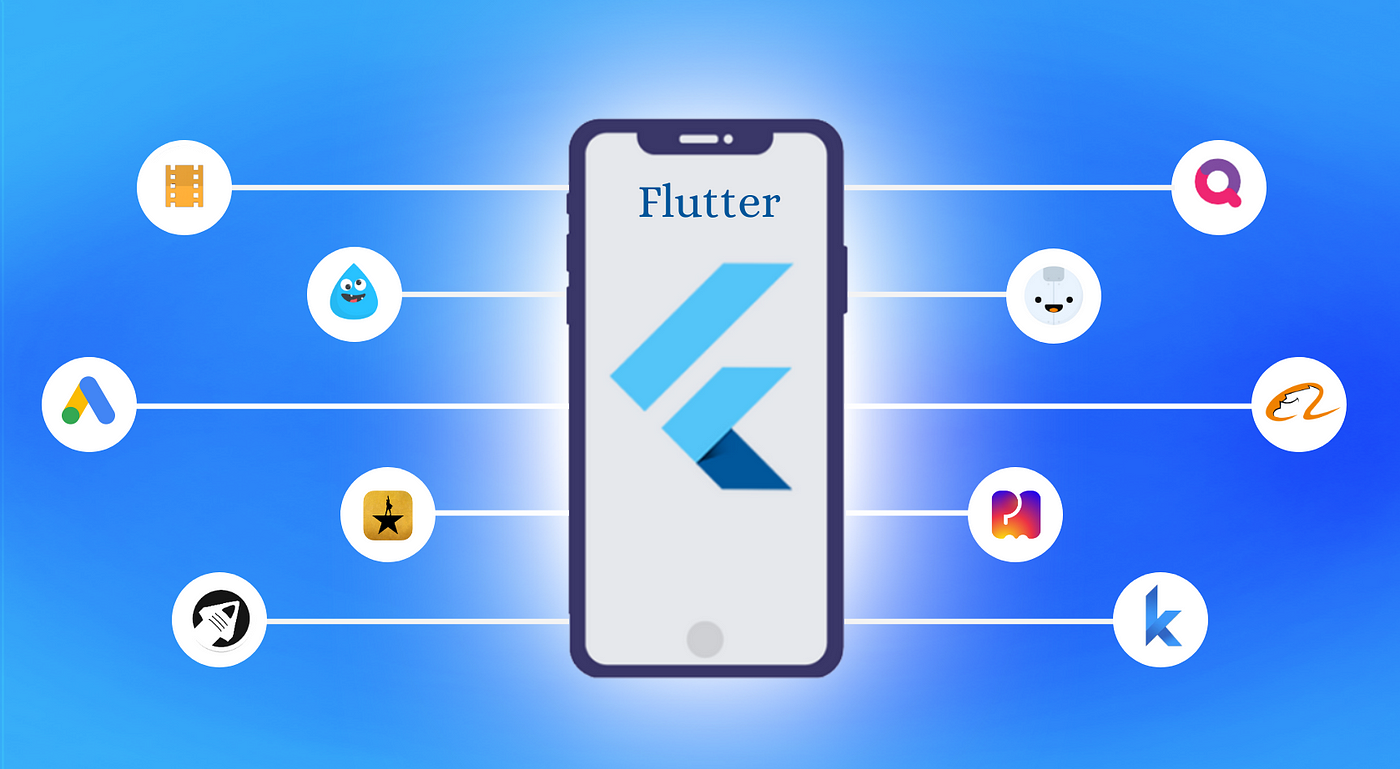Dart Programming Language: Powering Your Flutter Apps

Dart, a relatively new programming language, has been gaining more and more attention in the world of mobile app development. Developed by Google, Dart was initially created as a general-purpose language but has since become the go-to language for building cross-platform mobile applications using Flutter. This powerful language offers a unique combination of speed, productivity, and scalability, making it an ideal choice for developers looking to create high-quality apps. With its growing popularity and success, it’s no surprise that many companies, big and small, are now turning to Dart for their app development needs. In this article, we will take a closer look at Dart and how it is powering the creation of Flutter apps, discussing its key features, advantages, and use cases. Whether you are a seasoned app developer or just starting your journey in the world of programming, understanding the capabilities of Dart will undoubtedly enhance your ability to create cutting-edge mobile applications. So, let’s dive into the world of Dart and see how it can power your Flutter apps to success.
Develop cross-platform apps effortlessly.
Developing cross-platform apps has become easier than ever with the power of the Dart programming language. Dart’s versatility and capabilities make it an ideal choice for building seamless and efficient apps that can run on multiple platforms. Whether you’re targeting iOS, Android, or the web, Dart allows developers to write code once and deploy it across different platforms without compromising on performance or user experience. Its reactive and asynchronous programming features enable the creation of responsive and interactive apps, while its modular architecture and extensive libraries provide developers with the tools they need to streamline the development process. With Dart, the process of developing cross-platform apps becomes effortless, allowing developers to save time, resources, and deliver high-quality apps to a wider audience.
Build fast and dynamic interfaces.
Dart programming language, the powerhouse behind Flutter apps, empowers developers to build fast and dynamic interfaces that engage users and enhance their overall experience. With its efficient Just-in-Time (JIT) compilation and hot reload capabilities, developers can make changes to their code and instantly see the results, eliminating the need for time-consuming recompiling. The reactive nature of Dart allows for real-time updates, enabling developers to create interfaces that respond instantly to user interactions. Additionally, Dart’s rich widget library provides a wide range of customizable and pre-built components, making it easier to create visually appealing interfaces without starting from scratch. By harnessing the speed and dynamism of Dart, developers can create stunning interfaces that captivate users and drive the success of their Flutter apps.
Easily integrate with other languages.
Dart programming language seamlessly integrates with other languages, offering developers the flexibility to incorporate existing code and libraries into their Flutter apps. This interoperability enables developers to leverage the power of other languages and frameworks while benefiting from Dart’s robust features. Whether it’s calling existing Java or Kotlin code in Android modules or utilizing Objective-C or Swift code in iOS modules, Dart provides the necessary tools and APIs for smooth integration. This allows developers to take advantage of existing codebases, maximize code reuse, and accelerate the development process. With Dart’s ability to easily communicate and collaborate with other languages, developers can unlock a world of possibilities and create sophisticated and feature-rich Flutter apps with ease.
In conclusion, Dart has proven to be a powerful and versatile programming language, especially when it comes to building Flutter apps. Its modern features, such as hot reload and strong type system, make it a favorite among developers. Additionally, the continuous updates and support from the community ensure that Dart will continue to evolve and improve. As the demand for Flutter apps continues to grow, it’s clear that Dart will remain a crucial component in powering these high-performing and user-friendly applications.










